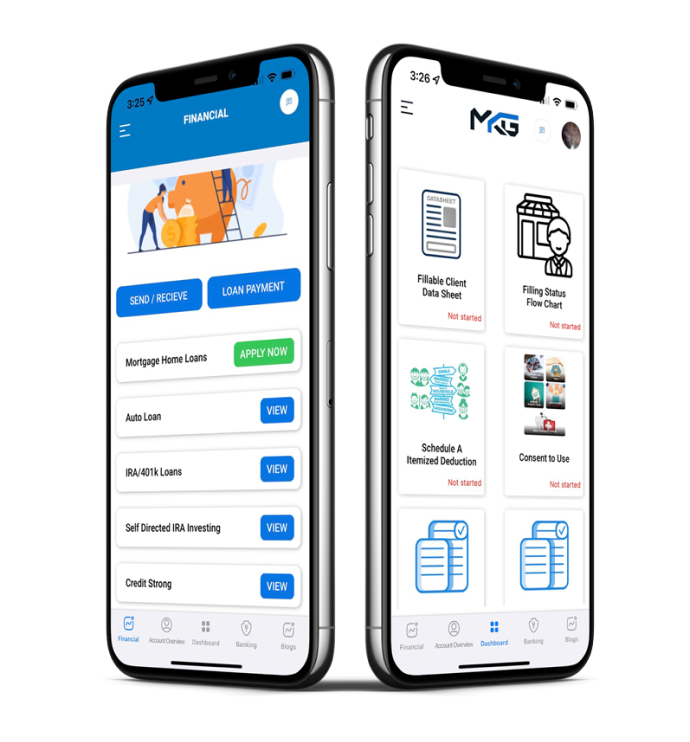Rules for Claiming the Earned Income Credit (EIC) with a Qualifying Child
To qualify for the Earned Income Credit (EIC) with a qualifying child, you must meet certain rules. These rules include the relationship, age, residency, and joint return tests. This article will explain each of these tests in detail.
Relationship Test
To be considered a qualifying child, the child must be your:
- Son, daughter, stepchild, foster child, or a descendant of any of them (e.g., grandchild)
- Brother, sister, half brother, half sister, stepbrother, stepsister, or a descendant of any of them (e.g., niece or nephew)
It's important to note the following definitions:
- Adopted child: An adopted child is always treated as your own child, including a child lawfully placed with you for legal adoption.
- Foster child: A foster child is a child placed with you by an authorized placement agency or by court order. An authorized placement agency can be a state or local government agency, a tax-exempt organization licensed by a state, or an Indian tribal government or organization authorized by an Indian tribal government.
Age Test
Your child must meet one of the following age criteria:
- Under age 19 at the end of 2023 and younger than you (or your spouse if filing jointly)
- Under age 24 at the end of 2023, a student, and younger than you (or your spouse if filing jointly)
- Permanently and totally disabled at any time during 2023, regardless of age
Here are a couple of examples to clarify the age test:
- Example 1: If your child turned 19 before the end of the year and wasn't permanently and totally disabled or a student, they wouldn't qualify as a qualifying child.
- Example 2: If your 23-year-old sibling, who is a full-time student and unmarried, lives with you and your spouse, they wouldn't qualify as your qualifying child because they are not younger than you or your spouse.
Residency Test
To claim the EIC with a qualifying child, the child must have lived with you in the United States for more than half of 2023. It's important to keep records, such as school and child care records, that show your child's address. The IRS may request these documents to verify residency.
If the child didn't live with you for more than half of the year due to a temporary absence, birth, death, or kidnapping, there are specific rules that apply. Please refer to the sections on temporary absences, birth or death of a child, or kidnapped child in this chapter for more information.
Joint Return Test
To claim the EIC with a qualifying child, the child's parent or parents (if filing jointly) cannot file a joint return for 2023, unless they are only filing a joint return to claim a refund of income tax withheld or estimated tax paid. Additionally, the child must have lived with you in the United States for more than half of 2023.
Please note that if the child meets the tests to be a qualifying child for both you and another person, only one of you can claim the child as a qualifying child for the EIC. The other person may be able to claim the EIC without a qualifying child.
If you meet all the rules for claiming the EIC with a qualifying child, you will need to attach Schedule EIC to your Form 1040 or 1040-SR when filing your tax return. Schedule EIC provides instructions on how to complete it, including information on what to do if your qualifying child does not have a valid Social Security Number (SSN).
For more information on claiming the EIC without a qualifying child, please refer to Chapter 3. If you meet all the rules for claiming the EIC, including those in Chapter 1 and this chapter, read Chapter 4 for further guidance.
Please consult the official IRS publication for complete and up-to-date information on claiming the EIC with a qualifying child.
